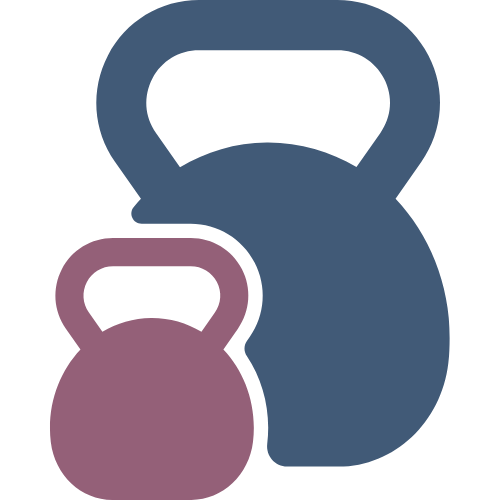During our 7-part skills series, we'll introduce you to skills that help you develop a better relationship with your body, awareness of your movements, and build a foundation of strength for doing any type of physical activity.
Learning how to resist rotation and how to safely rotate with control is a critical skill not only in sports, but in daily life.
How many of us have picked up something heavy, quickly swung to one direction and BOOM! You realize you pulled something.
Without proper bracing and positioning, it’s easy to put too much pressure on muscles that aren’t conditioned for it.
Anti rotation drills are as simple as using uneven resistance or uneven stances.
Lunges, single leg deadlifts, and reaching planks are all anti-rotation exercises (you might think of them as balancing exercises). Either way, you have to resist the body’s urge to rotate towards the unsupported side.
Practicing these movements in a gym setting helps train your body for daily life: Carrying your 35 pound kid, walking with a heavy suitcase on one side, lifting and moving a couch.
Anti-rotation Variations
- Lunges, squats with uneven weight on each side
- Single leg bridges, single leg deadlifts, deadlifts with uneven weight on each side
- Single arm pushups, bench press or overhead press with uneven weight on each side
- Farmer carry with uneven weight or carrying on one side
- Reaching plank
Once you feel confident in the skills above, it’s time to try rotating in a range of motion (ROM) that feels comfortable for you, using resistance that’s appropriate (these are the really fun exercises, too!).
The general rule to keep in mind, especially if you’ve experienced back pain in the past, is that your shoulders and hips should move as a single unit. Once you build ROM in your thoracic (upper back) and lumbar (lower back) spines, you can then begin to experiment with rotating there, too, like with a Russian twist.
Rotation Variations
- Chops (high to low, low to high, across the body)
- Lateral medicine ball tosses
- Russian twist
